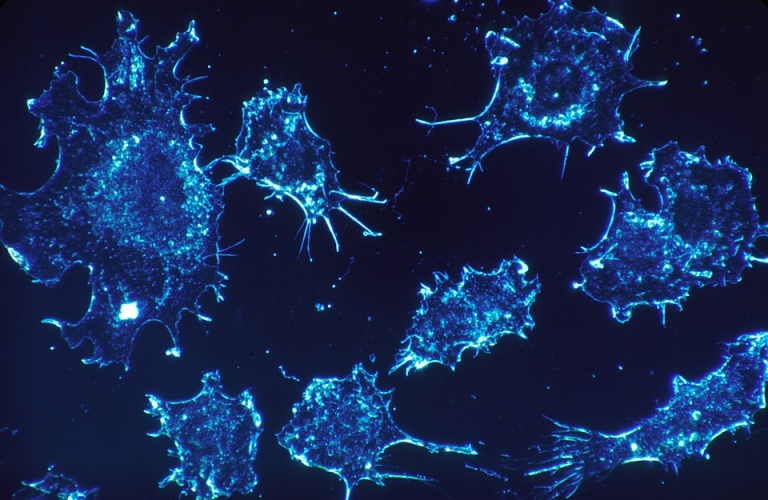
The team has developed a system which suggests new reaction pathways to accelerate the design and development of new diagnostic assays.
The system - freely available for researchers to investigate, adapt and use - can also be used to identify the early stages of non-infectious diseases like cancer.
In a new paper published in Nature Communications, researchers from Glasgow University and Shanghai Jiao Tong University, China describe how they developed and demonstrated the system’s effectiveness.
MORE FROM MEDICAL & HEALTHCARE
They began by developing reaction graphs – representations of the biomechanical processes which enable rapid diagnostic tests including cross priming amplification (CPA) and loop-mediated DNA amplification (LAMP).
Unlike PCR tests, which require access to labs and trained staff, isothermal tests like LAMP can offer quick, accurate results by creating interactions between chemicals and the DNA strands contained in patient samples and delivering rapid results at the point of care.
However, in many cases, those rapid tests are designed and developed for a specific purpose, which can introduce unnecessary complexity and make it difficult for one test to be easily adapted for use in a different diagnosis.
The researchers developed a more generalisable approach to the creation of new tests, building a software tool capable of turning the reaction graphs into suggestions as to how chemical primers and reactions could be used to create the desired diagnostic results.
In the paper, the research team describe how they probed the effectiveness of the software by using it to design the chemical primers and reactions for four different diagnostic tests – three for infectious diseases and one for cancer, a noncommunicable disease.
They created a multiplexed test for a form of HIV with high levels of sequence variations, a highly sensitive test for tuberculosis, and a study for analysing patient clinical samples for the presence of hepatitis B. They also developed an assay to detect short miRNA sequences relevant in the diagnosis and prognosis of cancers including oral squamous cell carcinoma, breast cancer and glioma.
They used their diagnostic assays to test patient-derived samples from laboratories in China. Then, they confirmed their results using separate PCR tests. They tested their results against LAMP diagnostics for the same diseases, finding that their results were more specific and reproducible than the LAMP tests.
In a statement, lead author Professor Jon Cooper, of Glasgow University’s James Watt School of Engineering, said: “We’ve been working for a number of years now on developing isothermal tests for diseases like malaria and hepatitis C for use in parts of the world where reliable access to PCR testing is limited.
“Over the course of building those diagnostic systems, it became clear that we were also building an understanding of how we could make a more generalisable approach to testing for specific biomarkers.
“Our programmable system automates a lot of the early trial-and-error work that goes into the development of new tests, and we’ve shown that it can be used to reliably diagnose a useful cross-section of communicable and non-communicable diseases. It’s an exciting discovery, and suggests many potential applications in medicine.”
The research was supported by funding from the Innovation Research Plan from the Shanghai Municipal Education Commission, the Natural Science Foundation of Shanghai, the Engineering and Physical Sciences Research Council (EPSRC) and the European Research Council.





Virgin Atlantic’s Flight100 saved 95 tonnes of CO2 in first SAF flight
Good comment. I think these reports are different from many others , in that they were prepared outside the government and the issues, they raised, of...